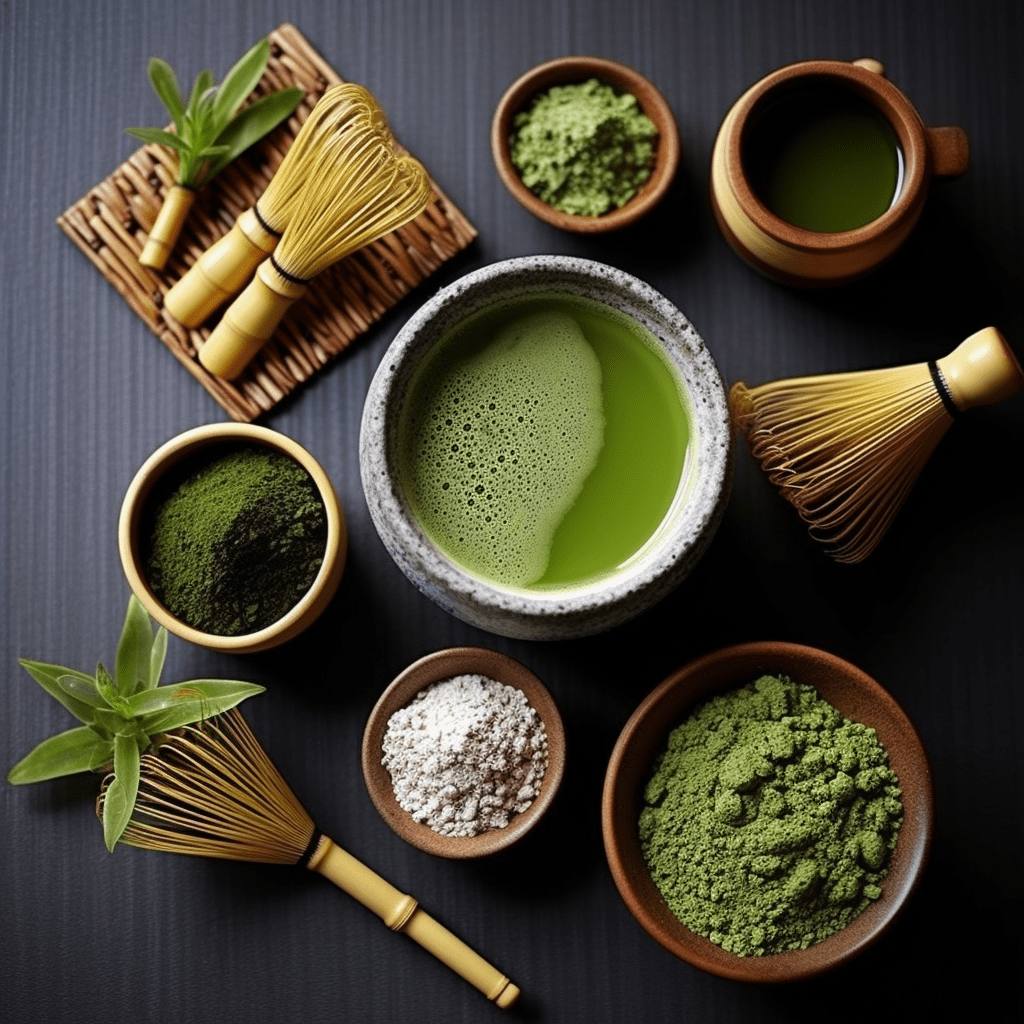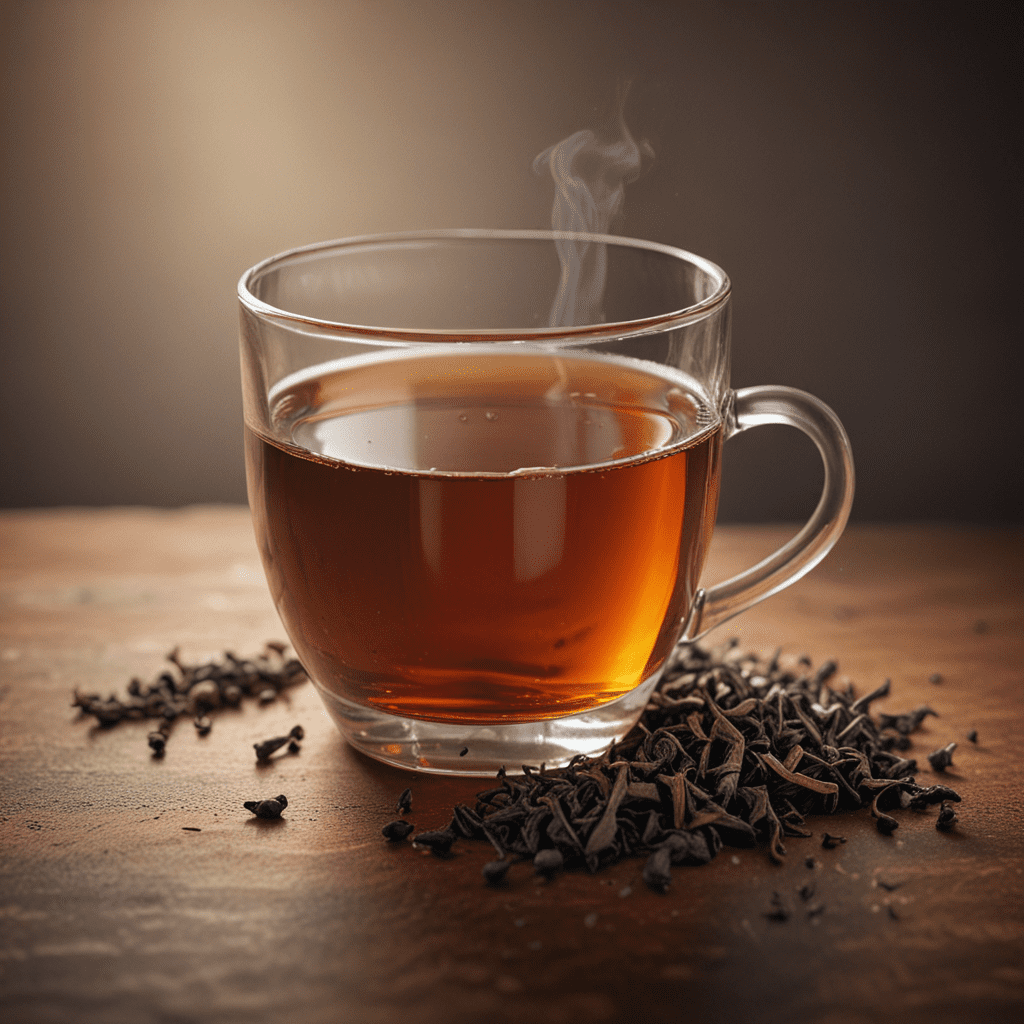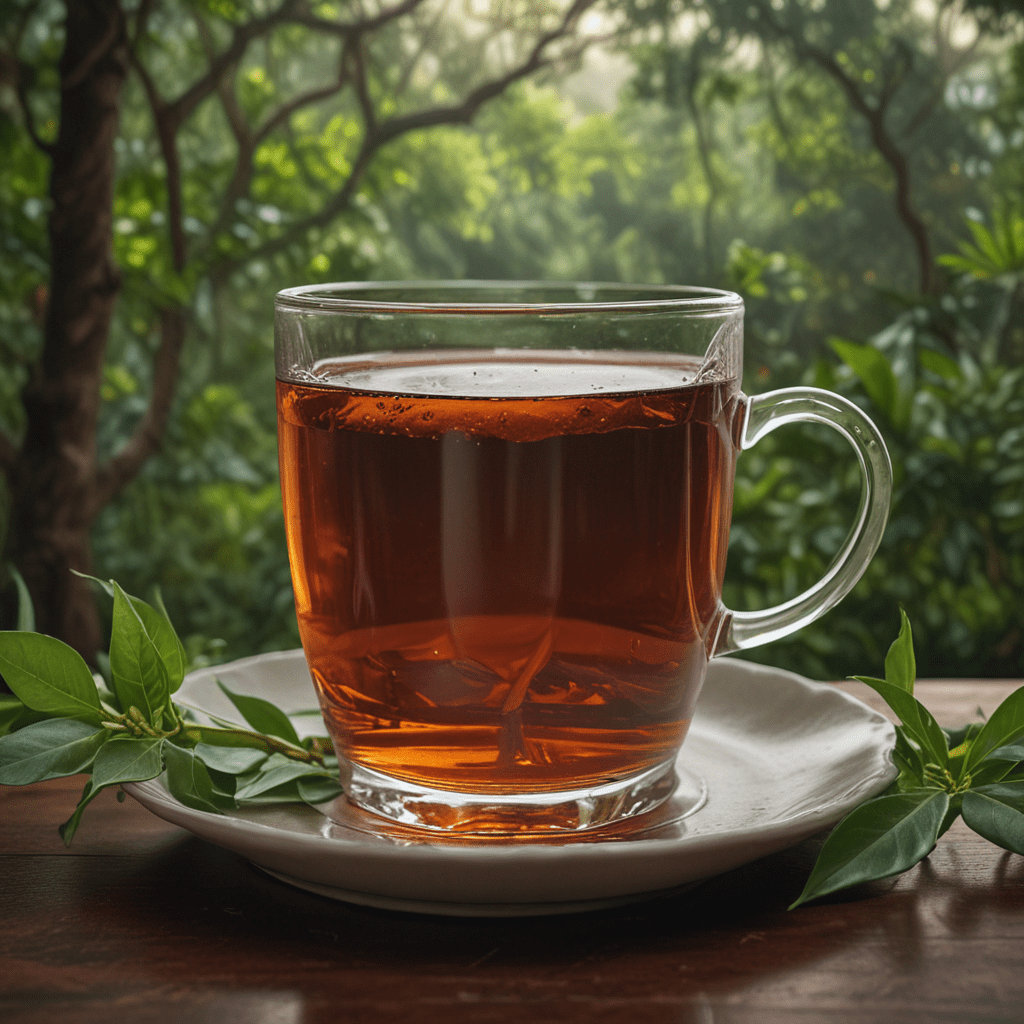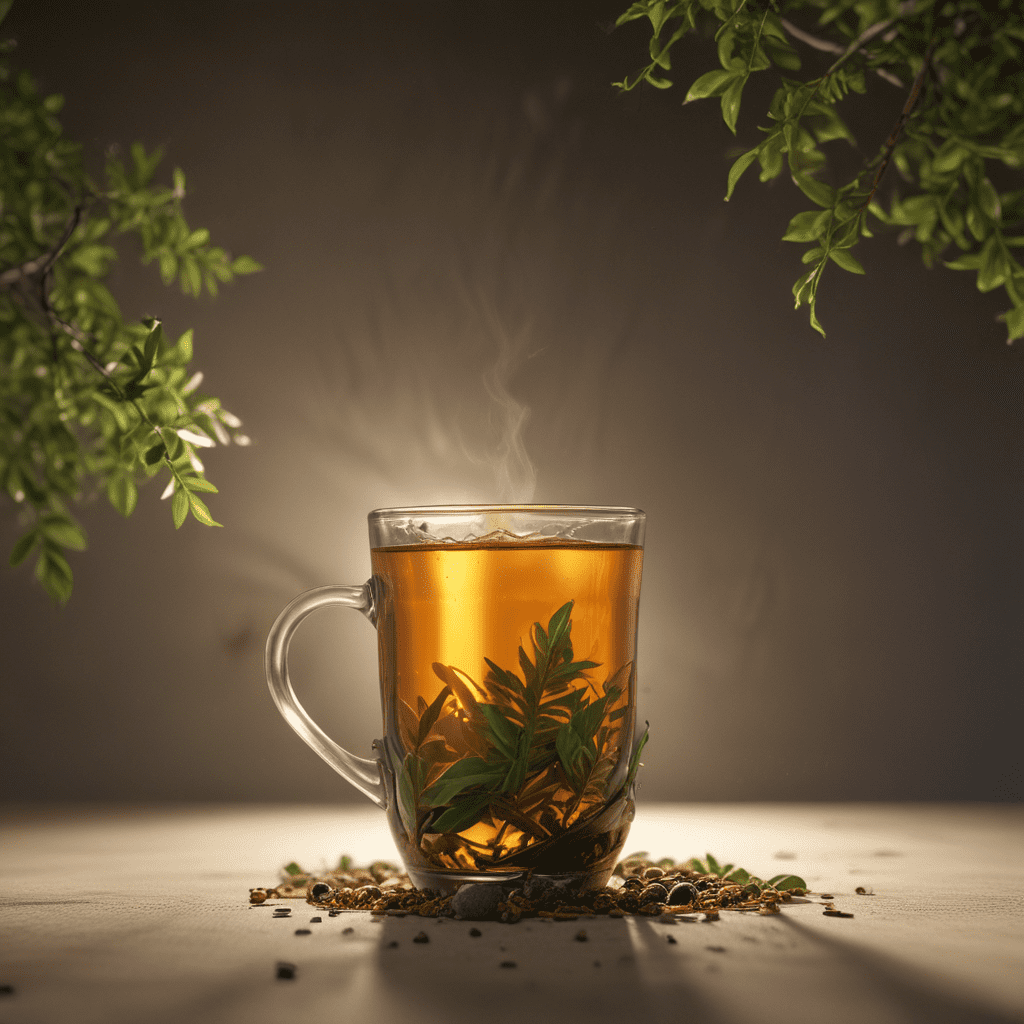Matcha vs Green Tea: Understanding the Differences
Green tea has long been celebrated for its numerous health benefits and its cultural significance in countries like Japan and China. However, within the realm of green tea, a particular type called matcha stands out. Although matcha is technically a type of green tea, it possesses unique characteristics that set it apart from regular brewed green tea. In this article, we will explore the differences between matcha and green tea, their respective production processes, health benefits, and how to enjoy each one.
What is Matcha?
Matcha is a powdered green tea that originated in China and was later developed by Japanese tea masters into the tea ceremony known as “chanoyu.” Unlike regular green tea leaves, which are steeped in hot water and then discarded, matcha is made by grinding shade-grown tea leaves into a fine powder. Since the whole leaves are consumed when drinking matcha, it offers a more concentrated and potent flavor compared to regular brewed green tea.
The Production Process: Regular Green Tea vs Matcha
To fully comprehend the differences between green tea and matcha, it’s essential to understand the unique production processes involved.
Green Tea Production
Regular green tea is made from the leaves of the Camellia sinensis plant. The leaves are typically harvested, withered, rolled, and then pan-fired or steamed to halt oxidation. This process helps preserve the tea’s natural green color and locks in its fresh flavor. The resulting leaves are then typically steeped in hot water for a few minutes before being strained and consumed.
Matcha Production
Matcha, on the other hand, undergoes a more intricate production process, resulting in its distinct characteristics. The tea bushes used for matcha are often shaded from direct sunlight for about three weeks before harvest. Shielding the leaves from direct sunlight increases chlorophyll production and enhances the tea’s vibrant green color.
After harvest, the leaves are carefully steamed to prevent oxidation and preserve their fresh, green appearance. The steamed leaves are then dried, destemmed, and deveined. The remaining leaf parts are known as “tencha,” which is then stone-ground into a fine powder, resulting in matcha.
Flavor and Appearance
Flavor
One of the noticeable differences between green tea and matcha lies in their flavor profiles. Green tea typically has a delicate and somewhat grassy taste, with variations depending on the specific type of green tea. Matcha, on the other hand, delivers a bold, rich, and slightly bitter flavor, with naturally occurring umami undertones. The powdered form of matcha allows for a more concentrated flavor experience compared to green tea.
Appearance
When prepared, green tea usually has a pale, greenish-yellow hue. Matcha, on the contrary, has a vibrant green color, often described as “ceremonial green.” This distinct color is a reflection of the shading process and the retention of chlorophyll during growth.
Health Benefits of Matcha and Green Tea
Both matcha and green tea offer numerous health benefits, thanks to their high concentration of antioxidants and other beneficial compounds.
Matcha Health Benefits
Since matcha involves consuming the entire tea leaf, it provides a higher concentration of antioxidants, vitamins, minerals, and amino acids compared to green tea. Matcha is particularly rich in a catechin called epigallocatechin gallate (EGCG), which is known for its potential cancer-fighting properties. Matcha is also believed to enhance metabolism, promote mental clarity, and provide a long-lasting but calm energy boost.
Green Tea Health Benefits
While matcha may have a higher concentration of antioxidants, regular brewed green tea still offers significant health benefits. The catechins and antioxidants found in green tea have been associated with reduced oxidative stress, improved heart health, potential weight management benefits, and a lowered risk of chronic diseases like type 2 diabetes.
Ways to Enjoy Matcha and Green Tea
Matcha Preparation
To make a satisfying cup of matcha, start with high-quality ceremonial grade matcha powder. Use a bamboo tea whisk (chasen) or a small electric whisk to froth the matcha powder with hot water until a smooth, creamy consistency is achieved. Matcha can be enjoyed on its own or with milk and sweeteners for a traditional matcha latte.
Green Tea Brewing
To brew a refreshing cup of green tea, bring filtered water to a temperature of around 175°F (80°C). Steep the green tea leaves for approximately 2-3 minutes, or according to the tea’s specific instructions. Feel free to experiment with variations like adding a slice of lemon or a touch of honey for added flavor.
FAQ
1. Is matcha stronger than green tea?
Yes, matcha is generally more potent than regular green tea, both in terms of flavor and health benefits. This is because matcha is made by grinding shade-grown tea leaves into a fine powder, which provides a concentrated dose of antioxidants and other beneficial compounds.
2. How much matcha should I consume?
It is recommended to consume one to two cups of matcha per day. However, it is essential to listen to your body and adjust the consumption accordingly. Matcha does contain caffeine, so it’s advisable not to exceed the recommended daily intake to avoid any potential side effects.
3. Can I substitute matcha for green tea in recipes?
While matcha and green tea come from the same plant, they have different characteristics that can affect the taste and overall outcome of recipes. It’s best to follow specific recipes that call for matcha or green tea to ensure the desired results.
4. Are there any potential side effects of consuming matcha?
When consumed in moderation, matcha is generally considered safe for most individuals. However, excessive intake may lead to caffeine-related side effects, such as increased heart rate, stomach upset, or difficulty sleeping.
5. Which is better for weight loss: matcha or green tea?
Both matcha and green tea have shown potential benefits for weight management. The high concentration of antioxidants and catechins in both teas may help boost metabolism and burn fat. However, maintaining a healthy diet and active lifestyle are key factors for successful weight loss.
6. Can I use matcha and green tea interchangeably?
While both matcha and green tea offer health benefits, they have distinct flavors and appearances that may not be interchangeable in certain recipes. Matcha’s strong flavor and vibrant green color may overpower the intended taste or appearance of a dish if used as a substitute for regular green tea.
In conclusion, matcha and green tea may have shared origins, but their unique characteristics and production processes set them apart. Whether you choose matcha or green tea, incorporating these beverages into your routine can provide a refreshing and nutritious experience. Experiment with different preparations and enjoy the distinct flavors and health benefits each has to offer.



